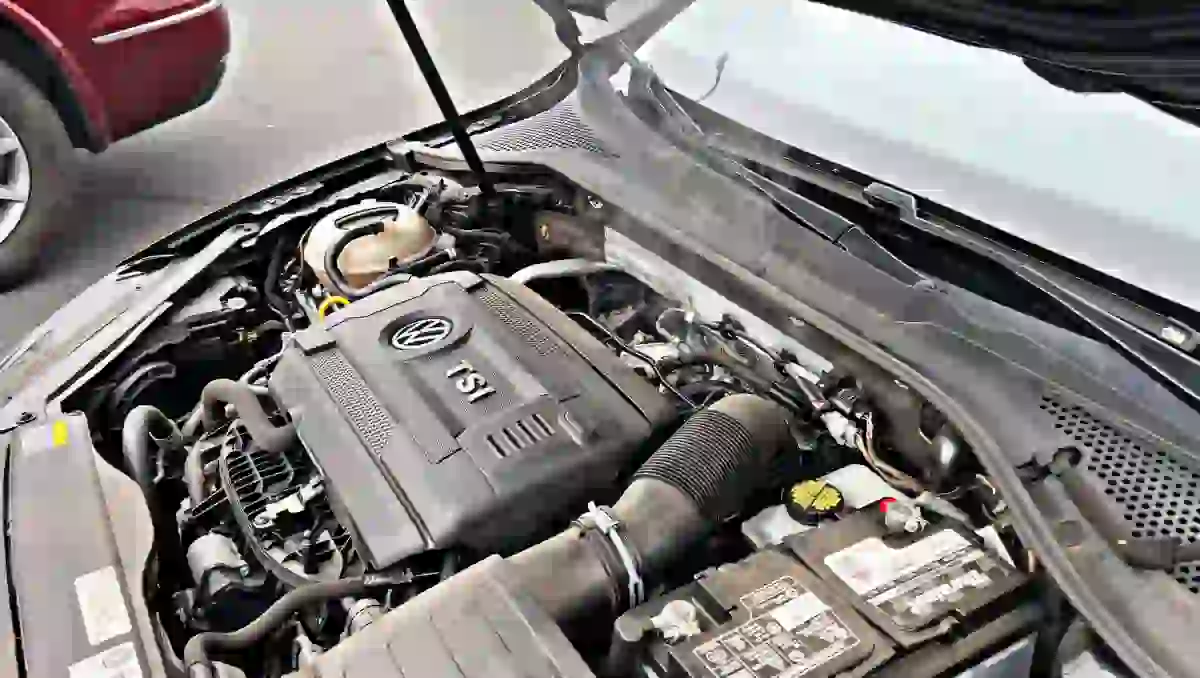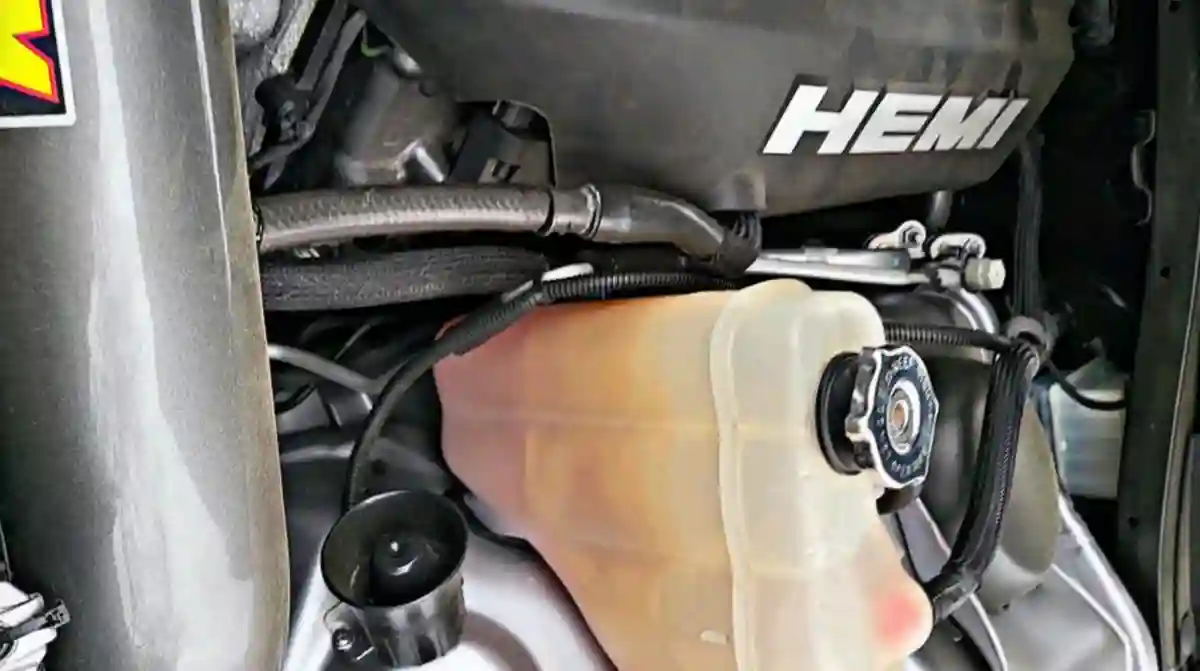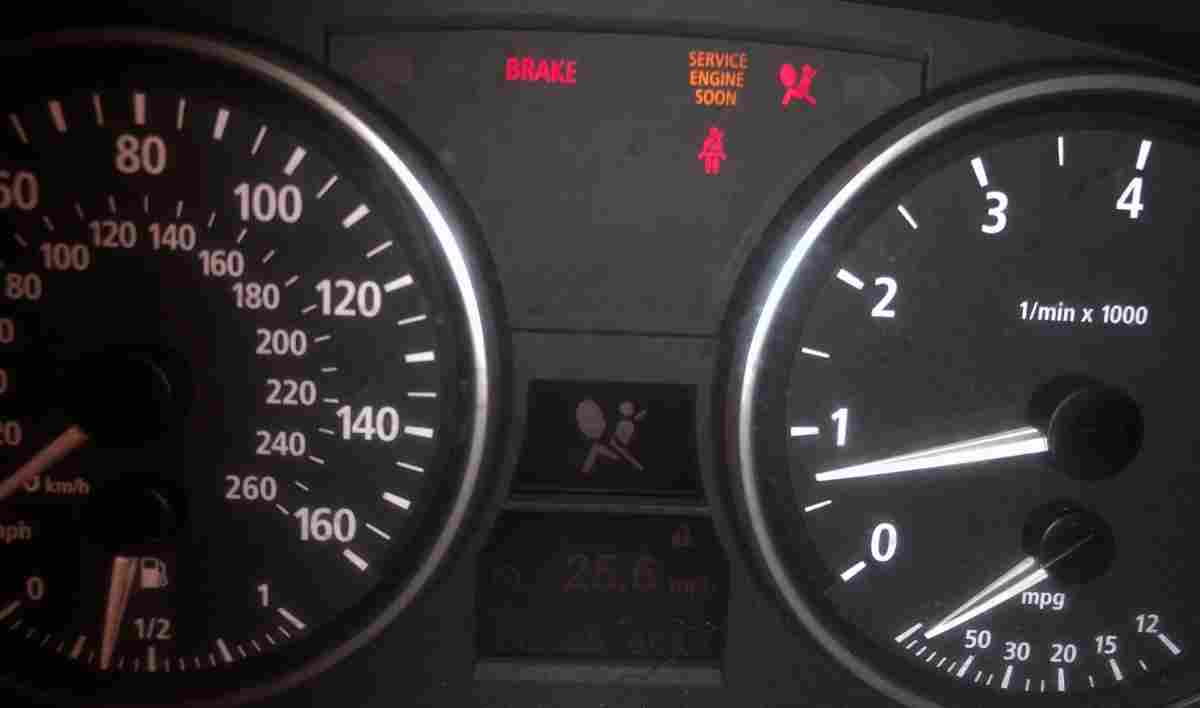Car maintenance and safety are of utmost importance. With this article, you’ll know how to tell if your thermostat or water pump is bad. Usually, you spot a bad thermostat by observing the reading on the temperature gauge. On the other hand, you tell a bad water pump by measuring the coolant pressure. Not only does this guide explain how you can tell a bad thermostat or a bad water pump, but it also reveals the potential replacement cost.
How to tell if your thermostat or water pump is bad

It can be difficult to distinguish between a bad thermostat and a bad water pump, although a physical inspection is required to confirm the problem. Let’s take a closer look at what each defective component would look like:
1. Overheating in the engine
The most typical indication of a bad thermostat or water pump is overheating. Your car’s thermostat can become stuck in the closed position due to corrosion or aging. If this occurs, the thermostat will prevent coolant from reaching the radiator, resulting in engine overheating and serious damage.
To avoid this, you should constantly monitor the temperature indicator on your dashboard. Monitor the numerous warning lights in the instrument cluster if you do not have one. If you find yourself in a sticky situation on the road, crank the heater on high to remove the excess heat.
2. Overcooling in the engine
A lesser-known concern is the exact opposite of overheating. Overcooling occurs when the engine temperature is insufficient for normal operation. In this circumstance, the thermostat is locked in the open position and coolant overflows the radiator, dramatically shortening the engine’s lifespan.
3. Coolant leak
If you have encountered overheating issues or observed flowing liquid beneath your car, this is a sure sign of a coolant leak. However, the thermostat is not the source of the leak, as it contains no coolant. A gasket may be the culprit, preventing coolant from seeping out from the thermostat housing.
Examine the housing for leak indicators, such as droplets, drip marks, and deposits. If you observe nothing out of the ordinary, investigate other components, as they may be the cause of the problem.
4. Strange noises
Strange noises are also a sign of a bad thermostat or water pump. The radiator can emit rumbling, boiling, or knocking sounds. All of these symptoms indicate a problem with your car’s cooling system.
5. Temperature changes
The thermostat also controls the temperature of the air flowing through your car’s vents. If the temperature suddenly shifts from hot to cold or vice versa, this is a clear indication of a defect, especially if it occurs irregularly.
6. Heater problems
During the winter, a difficult-to-identify problem can be unequivocally identified. If the thermostat is stuck in the open position, no amount of turning up the heat will cause hot air to flow through the vents. This is indicative of a bad thermostat and should encourage you to replace it immediately.
7. Increased fuel usage
Both overheating and overcooling the engine can significantly increase exhaust emissions and reduce fuel economy. This occurs when the car’s operating temperature cannot be reached. In this instance, the symptoms of a bad thermostat would likely manifest as an increase in fuel usage and an unanticipated surge in bills.
How to change and test the thermostat
If you know where the thermostat is situated in your engine compartment, replacing it is a simple task. In most situations, the top radiator hose connects to the engine block towards the top of the engine. Once you have discovered the thermostat, there are only a few basic yet necessary tasks left to take:
- Place a two-gallon container or a bucket of sufficient size beneath the area where you will be working, as some fluid will escape. You must return it to the radiator when completed.
- Follow the radiator hose to the location of the thermostat and remove the clamp.
- When the hose is removed, the remaining fluid in the radiator will escape.
- Remove the screws holding the thermostat housing and the old thermostat in place.
- Remove the gasket surrounding the original thermostat’s housing (the remaining hole). Remove any residual fragments after removal.
- Replace the thermostat’s nuts and the thermostat’s spring.
- Change both the hose and the hose clip.
- Pour the liquid into the coolant reservoir of a radiator.
Cost of replacing a thermostat or water pump
Depending on the perpetrators, you must address the issue immediately. In other words, whether it’s the water pump that’s bad or the thermostat, you must get the problem addressed as early as possible to prevent engine problems.
a. How much does it cost to fix a bad thermostat?
Although a bad thermostat could result in catastrophic consequences, replacing the thermostat is not difficult and is significantly less expensive than other car repairs. Typically, a bad thermostat will cost between $200 and $300, depending on the car’s time and the location of the repair. Per the Way blog, the estimated cost is between $150 and $200.
b. How much does it cost to fix a bad water pump?
In contrast, a bad water pump is an acceptable fix. According to automotive specialists, fixing the water pump should cost between $461 and $638. These repair costs depend largely on the type of car and the mechanic shop or dealership where the work is performed.
c. How much do repairs for coolant leaks cost
Occasionally, a bad water pump might lead to coolant leaks; therefore, you will not only need to install a new water pump, but also address all coolant leaks and internal cracks.
Unfortunately, it is difficult to estimate how much it will cost to repair the coolant leak because a leak might occur anywhere in the cooling system. A leak of coolant might cost anywhere between $100 and $800.
Before investing in the installation of a new water pump, you must calculate the total cost of repairs. Then, compare the total cost of repairs and maintenance to the worth of your car. If your car’s repair expenditures exceed 75% of its worth, you should sell it and use the proceeds to purchase a car with fewer major issues.
Does the thermostat go in the water pump?
Experts in the automotive industry advocate installing a new thermostat anytime you install a new water pump. Although both components are normal, they may affect one another, and because thermostats are quite inexpensive, it may be worthwhile to install a new one.
You can always visit your mechanic to determine if the thermostat is in good shape and does not need to be installed. Still, it wouldn’t hurt to spend an additional couple hundred dollars to prevent engine overheating in the near future.
Frequently Asked Questions
How often should you replace a water pump?
You should replace a water pump every 60,000 to 100,000 miles. Additionally, you must keep an eye out for any signs of a bad water pump if you need to replace it earlier than expected.
What happens when you have a bad thermostat?
A bad thermostat will prevent enough coolant flow when required, resulting in engine overheating or a decrease in engine temperature if it remains in the open position, so impacting engine lubrication. When the engine is not operating properly due to low engine oil temperature caused by a stuck-open thermostat, the engine will have a rough idle.
Can a bad thermostat cause an engine to overheat?
A stuck-close thermostat will prevent the passage of coolant to the radiator for the cooling process, causing the engine to heat up rapidly and finally overheat.
Conclusion
Changing the thermostat and water pump would cost you an average of $600, depending on many variables, including the specific auto repair shop you visited.
Read also: how I fixed coolant leak in engine block
![Front Wipers Not Working But Back One is [Mechanic Explains] Front Wipers Not Working But Back One is [Mechanic Explains]](https://sanedriver.org/wp-content/uploads/2022/07/PicsArt_07-13-01.40.20.jpg)

